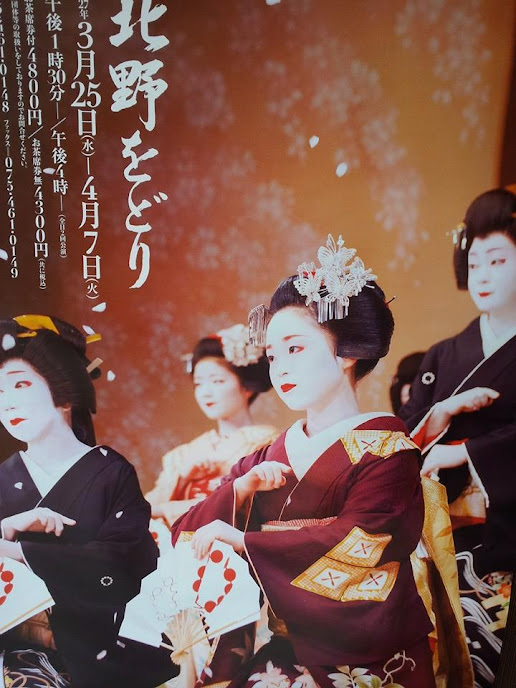©Elenashirinfineartphotography| all rights reserved.
In 2010, when I first travelled to Japan, I spent days and days taking Kyoto Gion street-style photos.
I traveled from South to North, a route outside the classic tourist destinations. Ten years have passed since, and Japan doesn't cease to fascinate me.
(Gaijin (外人) è una parola della lingua giapponese che significa letteralmente "persona esterna (al Giappone)", cioè colui che non è nativo, non è del luogo.
Con questo termine vengono indicati dai giapponesi gli stranieri: gaijin è un'abbreviazione che talvolta puo' assumere una connotazione velatamente razzista, rispetto al termine più neutro ed ufficiale di gaikokujin (外国人) che vuol dire appunto "persona di una terra esterna (al Giappone)", cioè straniera.
Nella lingua giapponese e' comunque costume accostare il suffisso -san ad un termine generico per appellarsi a uno sconosciuto; in questo caso, quindi, l'appellativo "gaijin-san" può anche essere interpretato senza la connotazione negativa che puo' affiancata alla singola parola.
I traveled from South to North, covering a route outside the classic tourist destinations. Ten years have passed since, and Japan doesn't cease to fascinate me.
In 2010, when I first travelled to Japan, I spent days and days taking Kyoto Gion street-style photos.
At that time, an old man indicated me when Maiko-san and Geiko-san were walking the streets of Gion. Gradually, thanks to such an encounter, we embarked on a unspoken, yet passionate pursuit of beauty. I've been doing it for years since, and it still hasn't ceased to be one of my deepest inspirations. Now that old man is not there anymore, there are hudge crowds of people and walking those streets has become almost impossible.







Comments
Post a Comment